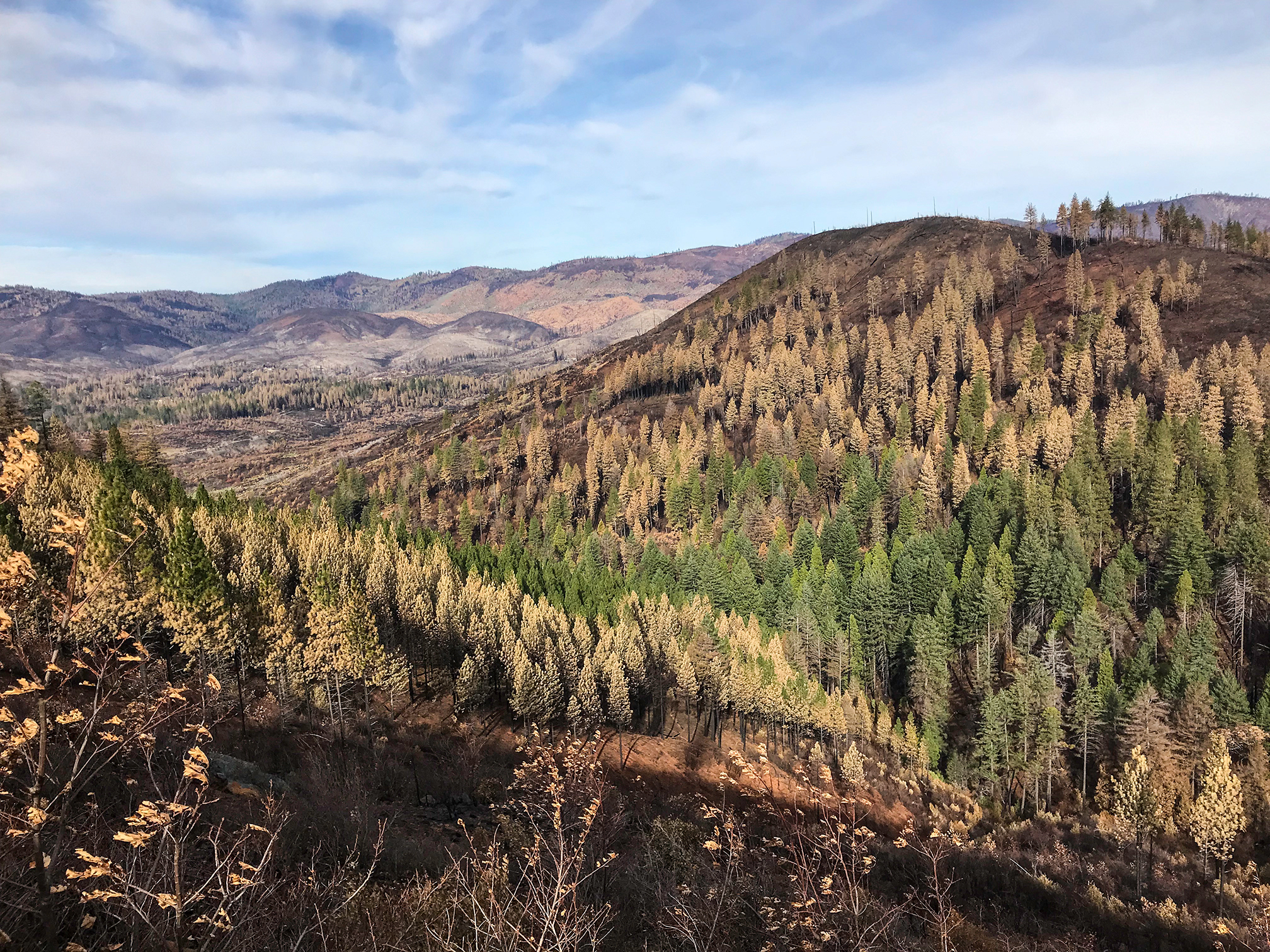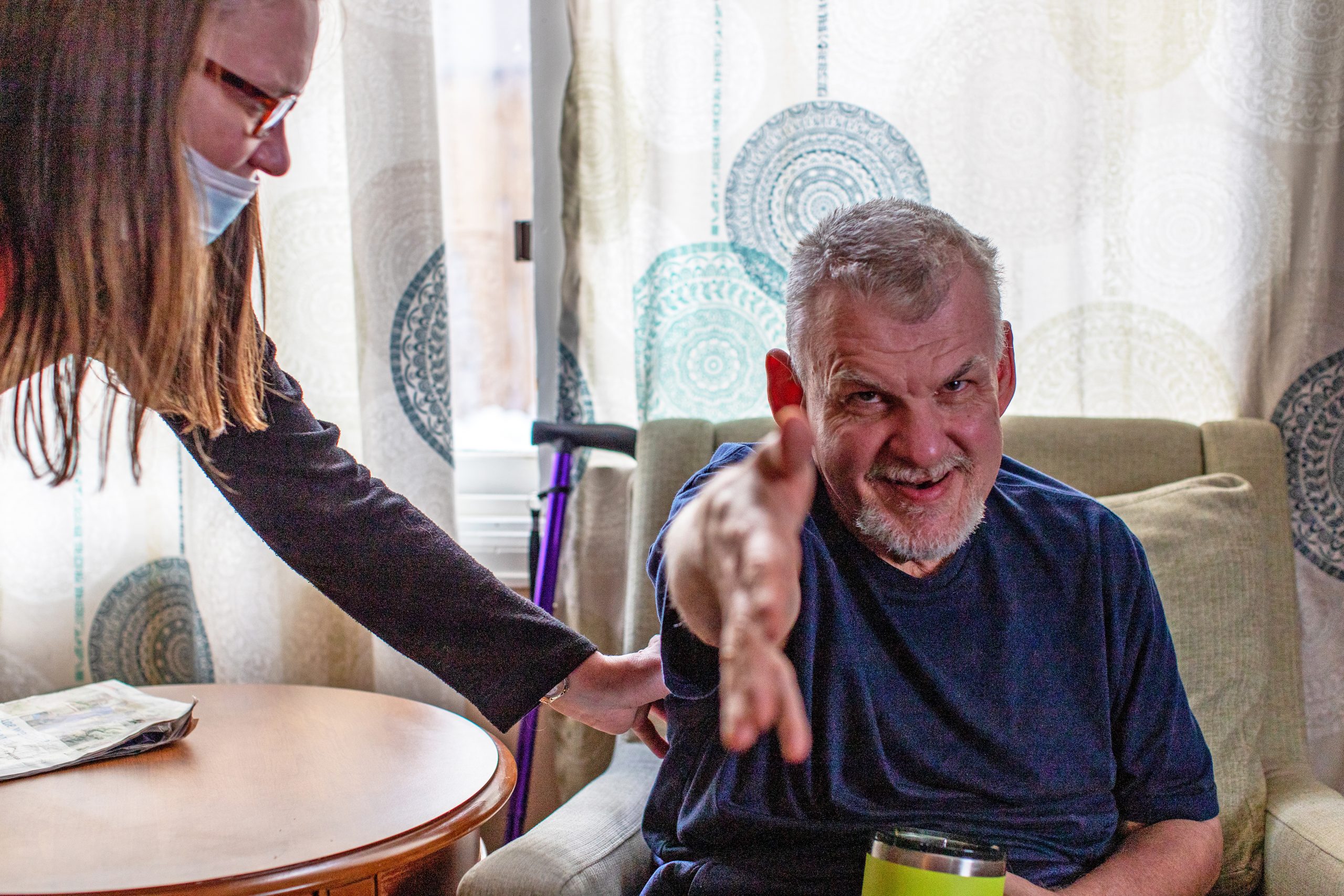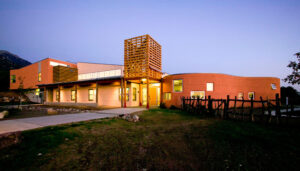
Wildfires burned more U.S. acreage in 2020 than in any other year since that information was first tracked in 1983. In essence, the 2020 fire season never ended, continuing through 2021 when the Marshall Fire destroyed more than 1,000 homes in Boulder County on Dec. 30, causing more than $500 million in damages and becoming the most destructive fire in Colorado history. Even before the Marshall Fire, federal, state, and local governments had begun to ramp up funding for wildfire mitigation.
Envision Chaffee County, a nonprofit organization that started as a county government initiative, is championing wildfire mitigation in the Upper Arkansas Valley. Supported by a $1.2 million per year county sales tax, Envision spearheaded development of a new Chaffee County Wildfire Protection Plan. That plan repeats a well-worn narrative: “Decades of fire suppression and ensuing insect infestations have caused our forests to decline into very poor health. Forests are overly dense with high fuel loads. … Poor forest health is evidenced by more intense wildfire incidents that are happening more frequently. … Accelerated fuel treatments are needed to manage the increasing risk wildfire poses to the community.”
The Envision Forest Health Council was formed in 2020 to implement the Wildfire Protection Plan. The Envision website touts the Forest Council’s plan “to address the risk with up to 30,000 acres of forest treatments (tree-thinning) by 2030.” Seventy percent of the area targeted for tree-cutting is on public lands, 30% is on private lands, and the cost is estimated at $45 million, suggesting nearly $15 million will be spent to benefit private landowners who chose to live in forested areas at high risk for wildfire — areas with some of the most expensive homes in the county. Andy Stahl, executive director of Forest Service Employees for Environmental Ethics and a former U.S. Forest Service forester, characterized these expenditures as “publicly funded landscaping for the wealthy.”
A major component of this treatment plan, the Methodist Front Community Fuel Break project, is “designed to protect Salida and Poncha Springs,” according to the Envision 2021 annual report for the Wildfire Protection Plan. Funded with more than $750,000 from Chaffee County taxes along with millions in additional public funding, the project is justified on the Envision website by repeating the accepted narrative: “Chaffee County faces the threat of high wildfire danger due to decades of fire suppression, drought and ensuing insect infestations.”
The Marshall Fire, a grass fire that burned miles away from any overgrown forest, calls this narrative into question. The 2018 Camp Fire, which burned through clear-cut and thinned forests at a rate of 80 football fields per minute, also casts doubt on the accepted narrative. The Camp Fire ultimately claimed 86 lives and obliterated the town of Paradise, California.
According to the Envision Forest Health Council’s 2020 Annual Report, the Chaffee Wildfire Protection Plan “uses the most current information and computer modeling technology to explain the risk posed by wildfire, prioritize action to decrease that risk, and set a course to improve forest health.” However, this “most current information” failed to consider peer-reviewed studies published in the past 20 years. One such study, published in 2008 by Reinhardt, Keane, Calkin and Cohen, cautions against acting on “misconceptions” about “fuel treatments” and their use as “a panacea for fire hazard reduction.” The authors conclude, “Given the right conditions, wildlands will inevitably burn.”
As the 2020 fire season demonstrated, the right conditions — high temperatures, low humidity, high wind — have become more common across the West. When fire conditions prevail, as they did during the Camp and Marshall fires, high winds carry embers for miles, jumping rivers, lakes, highways and fuel breaks.
According to Envision’s Wildfire Plan, “Treating 5 to 10% of the Chaffee County landscape (at a cost of $50 million) may reduce the risk that severe wildfire poses to community assets by 50 to 70%.” The science behind this statistic is not clear, and Stahl expressed skepticism: “I can build you a model that gives that answer — or any other answer you want.”
Reinhardt et al. also note that fires burn through areas that have been thinned. In fact, thinning can actually increase fire intensity. The lower density of trees allows winds to blow with less obstruction, and more sunlight on the forest floor dries the ground and encourages combustible shrubs and invasive plants to grow more rapidly. In the Methodist Front treatment area, invasive plants include plenty of downy brome, better known as cheatgrass.
The Colorado State University Extension fact sheet on “Cheatgrass and Wildfire” states, “Cheatgrass is notorious for its ability to thrive in disturbed areas. … Cheatgrass is highly flammable and densely growing populations provide ample, fine textured fuels that increase fire intensity and often decrease the intervals between fires. … A typical cheatgrass fire on flat terrain with wind speeds of 20 miles per hour may generate flame lengths up to eight feet in height.”
In other words, disturbing the soil and eliminating tree shade on the 8,200-acre Methodist Front project area will promote the rapid spread of a highly combustible invasive species known to increase fire intensity and frequency. Additionally, wind speeds in excess of 100 mph were recorded during the Marshall grass fire, and wind speeds greater than 20 mph are relatively common in southern Chaffee County.
Most of the acreage being treated for the Methodist Front project is U.S. Forest Service land. Chris Naccarato, U.S. Forest Service acting district ranger for the Salida Ranger District, acknowledged that cheatgrass “outcompetes native plants and disrupts fire regimes,” but added, “We are working to plan treatments that mimic natural events and normal fire intervals. … It isn’t a new problem, and the agency has developed protocols and procedures for operating in areas with cheatgrass over many years.”
Getting back to peer-reviewed studies, U.S. Forest Service Research Forester Mark Finney led a team that studied the 2002 Hayman Fire, which was then the largest Colorado wildfire on record. Finney’s team published a study that concluded, ‘‘Fuel breaks and treatments were breached by massive spotting and intense surface fires. … Suppression efforts had little benefit from fuel modifications.”
More recent research by forest ecologist Chad Hanson, Ph.D., confirms that removing trees doesn’t protect forests from wildfire. After reviewing the Methodist Front project, Hanson said, “Logging over 8,000 acres of forest wildlands under the guise of terms like ‘fuel breaks’ and ‘thinning’ will not stop or curb wildfires that are driven mainly by weather and climate factors and climate change. And the tree-thinning will not protect Salida, Colorado. In fact, in many cases fires burn faster and hotter through the so-called fuel breaks and burn down towns,” which is what happened to Grizzly Flats, California, during the 2021 Caldor Fire.
In a Denver Post article co-authored with John Fielder, Hanson writes, “The fundamental ‘overgrown forests’ premise … is being increasingly questioned by the scientific community. Most scientific studies that have specifically investigated the question … have found that denser forests tend to burn less intensely. … My colleagues and I published the largest scientific study yet on this topic, analyzing three decades of data representing more than 1,500 fires that burned 23 million acres. We found that, while weather and climate were the primary factors in fire intensity and spread, forest management was a significant secondary factor. As we noted in a letter to Congress, signed by 200 other scientists, ‘Reduced forest protections and increased logging tend to make wildland fires burn more intensely.’”
Casting further doubt on the dominant narrative, a peer-reviewed study published in September 2021 looks at severe wildfire frequency prior to 1900. The study shows that severe wildfires were more common prior to the oft-cited forest mismanagement of the 20th century than during the past three decades. The study, authored by William Baker, University of Wyoming, shows, “The rate of recent high-severity fire in dry forests is within the range of historical rates, or is too low, overall. … Recent severe fires have not increased because of mismanagement of dry forests or unusual fuel buildup since these fires overall are occurring at lower rates than they did before 1900.”
Claiming increased wildfire frequency, the Envision Forest Health Council proposes to spend $45 million by 2030 and as much as $200 million in total — to cut down carbon-sequestering trees and create fuel breaks that could amplify wildfire severity. But Hansons’s research shows, “The only effective solution is home hardening and defensible space, while keeping the carbon in our forests to mitigate the climate crisis.”
Published Feb. 15 in Nature Scientific Reports, a peer-reviewed study led by researchers at Oregon State University further discredits the narrative driving Envision to burn through millions of dollars in public funding. Christopher Dunn, Ph.D., co-authored the new report. He told Wildfire Today, “In the old framing, public agencies bear the primary responsibility for … protecting our communities, with their efforts focused on prevention, fuel reduction and suppression. This has been the dominant management approach of years past, which is failing us. … We are long overdue for policies and actions that support a paradigm shift.”
The conclusions of Dunn and his colleagues echo Hanson’s findings. “We need to work from the home out to the forest,” Hanson said. After fireproofing homes by cleaning and screening gutters, installing metal roofs, etc., Hanson emphasizes defensible space, especially the 30-foot radius closest to the building, where dry grasses and small trees should be removed. Hanson cites “numerous examples” of towns that implemented these protections “and saved 95 percent of homes, or more. … Vegetation management activities beyond 100 feet from homes provide no additional safety benefit.”
Ironically, Salida’s city leaders figured this out more than a century ago, as local historian Steve Chapman describes in this issue of Colorado Central. Devastating fires prompted Salida to adopt a building code requiring downtown buildings to be constructed of nonflammable materials. Salida’s downtown now constitutes the largest historic district in Colorado, largely because of that “home hardening” building code adopted in the late 1800s.
Given the push to spend $45 million or more cutting down hundreds of thousands of carbon-sequestering trees, local history seems to have been forgotten, but Chaffee County can correct that oversight. The recently begun Land Use Code update provides an opportunity to incorporate land-use requirements that are proven to protect lives and property.
In 2021, $720,000 of the county’s special tax revenue was allocated to wildfire resilience. A goal of Envision’s Wildfire Protection Plan is to “engage 4,000 residents to reduce community risk” by 2030. That amounts to about $8 million in county tax revenue from 2020 to 2030, or $2,000 per resident. If the county is determined to subsidize these residents’ lifestyle choices, that $8 million could pay $4,000 per household for home hardening, assuming two residents per household. Or maybe … residents who choose to live in expensive homes in high-fire-risk areas should pay for their own home hardening.
Joe Stone is an award-winning Colorado writer. When he’s not researching and writing about environmental issues, he enjoys good friends, smooth whisky and live music.
Sources:
1 https://envisionchaffeecounty.org/forest-work-for-salida-area-community-fuel-break-begins/
2 https://envisionchaffeecounty.org/salida-area-wildfire-fuel-break-on-track/
3 https://envisionchaffeecounty.org/salida-area-wildfire-fuel-break-on-track/
4 https://www.pbs.org/wgbh/frontline/article/camp-fire-by-the-numbers/
5 https://www.denverpost.com/2022/01/11/marshall-fire-logging-forest-thinning-wildfire-opinion/
6 https://www.sciencedirect.com/science/article/abs/pii/S0379711220301594



